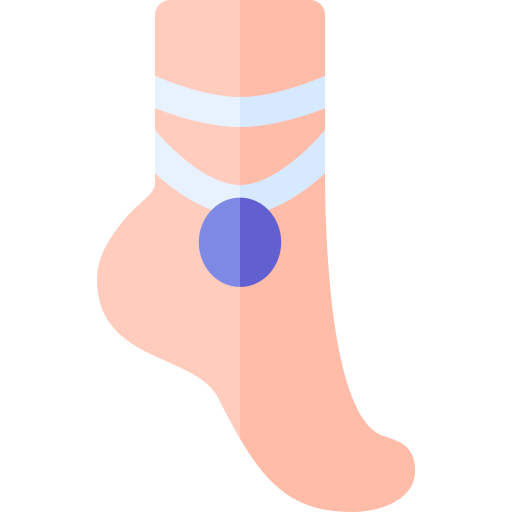What is Emotional Labor?
The concept of "emotional labor" was established by sociologist Arlie Hochschild in her book The Managed Heart: Commercialization of Human Feeling (1983). It refers to the conscious management and regulation of emotions, either through surface-level acting or deeper emotional change, with the goal of achieving social or professional objectives. Women often experience this invisible labor more intensely as they work in fields that require high emotional investment, such as caregiving, healthcare, and services, possibly because they are believed to possess "natural" traits like empathy and care (Erickson, 2005; Hochschild, 1983).
Strategic Behavior and Cultural Roles
According to sociological theories, this difference may relate to traditional gender roles. In most societies, women have been socialized to be the primary "caregivers," managing the emotions of others, whether in the family setting or the workplace. The recognition of women as more empathetic and caring leads to their being overloaded with emotional responsibilities, with society considering it natural for women to emotionally invest in their relationships and manage the needs of others. This is reinforced by stereotypes linking the female nature to understanding, support, and caregiving (Hochschild, 1983; Erickson, 2005).
Differences in Social Expectations
Moreover, men are often expected to express and manage their emotions differently. In most societies, male identity is associated with "strength" and calmness, which leads to reduced recognition or demand for emotional labor. As a result, men may take on less of this "emotional burden," which is often seen as a "female" responsibility (Hochschild & Machung, 2012).
Professional Differences and Stereotypes
In the workplace, women typically work in professions that require managing the emotions of others, such as healthcare, education, and customer service, where they are expected to "express" and "regulate" the emotions of others. In contrast, men often work in fields that demand less emotional involvement (e.g., engineering, technology), which reduces their emotional labor load (Wharton, 2009).
This gender distinction in how and to what extent emotional labor is undertaken is reinforced by social norms and gender perceptions, resulting in women facing more emotional demands and, therefore, being more emotionally burdened.
Emotional Labor and Women's Professional Work
Emotional labor is closely linked to the professional lives of women. In many fields, such as education, healthcare, and customer service, women are required to express and manage others' emotions, often without recognition or compensation (Wharton, 2009). This dual burden can create a work environment that demands women to be both professionals and caregivers, leading to additional psychological stress (Beharrie & Mabitsela, 2023). In leadership roles, women experience even more emotional pressure, as they are expected to maintain a balanced and supportive atmosphere within their teams.
Emotional Labor in the Family Setting
Beyond the workplace, emotional labor extends to personal life, where women are often tasked with caring for the family and maintaining the emotional well-being of its members. On a daily basis, they organize and coordinate family activities, manage emotional needs, and maintain harmony at home, often at the expense of their own needs. This excessive burden can lead to emotional exhaustion and psychological stress, especially when this work remains invisible and unrecognized (Hochschild & Machung, 2012; Zhao et al., 2020).
The Impact of Emotional Labor
The psychological consequences of emotional labor are significant. Studies show that the continual assumption of this invisible load is linked to professional burnout, stress, low self-esteem, and feelings of underutilization (Erickson, 2005; Wharton, 2009). In the professional sphere, emotional labor requires women to function simultaneously as professionals and caregivers, increasing their psychological pressure, especially in leadership roles, where they are expected to maintain balance and support in their teams (Beharrie & Mabitsela, 2023).
The balance between emotional labor and self-care is crucial. Raising awareness of this issue and recognizing the invisible nature of emotional labor can help reduce the psychological burden on women. Self-awareness, setting boundaries, and promoting a more equitable distribution of emotional responsibilities can empower women and enhance their mental well-being (Erickson, 2005; Zhao et al., 2020).
In Summary
Emotional labor is one of the most demanding and often undervalued areas of daily life, with significant implications for women. Cultivating recognition and self-awareness can create a more balanced environment, enhancing women's well-being and enabling them to manage life's demands more effectively.
Addressing Emotional Labor
While emotional labor cannot be completely eliminated, there are strategies for recognizing and distributing this responsibility more equitably. Social recognition of emotional labor and increasing dialogue about the need to acknowledge this conscious effort can help reduce the psychological burden on women (Zhao et al., 2020). In the professional realm, implementing policies that support the balancing of emotional labor and the fair distribution of these tasks is vital. These policies could include recognizing emotional labor as an integral part of professional development and promoting the mental health of workers (Beharrie & Mabitsela, 2023).
The Importance of Professional Help
It is important to remember that addressing deeper psychological issues cannot be managed with simple self-help techniques. While such practices may offer temporary relief, real resolution of deeper issues requires the help of specialists and a personalized, professional approach. Mental health issues are complex and multifaceted and cannot be resolved with simple solutions; addressing them requires time, understanding, and a comprehensive therapeutic approach tailored to each individual's needs.
References
- Beharrie, T. M., & Mabitsela, T. (2023). Emotional labour as experienced by women in leadership positions. SA Journal of Industrial Psychology, 49.
- Erickson, R. J. (2005). Why emotion work matters: sex, gender, and the division of household labor. Journal of Marriage and Family, 67(2), 337–351.
- Hochschild, A. (1983). The Managed Heart: Commercialization of Human Feeling. Berkeley: University of California Press.
- Hochschild, A., & Machung, A. (2012). The Second Shift: Working Families and the Revolution at Home. New York: Penguin Books.
- Wharton, A. (2009). The Sociology of Emotional Labor. In Handbook of the Sociology of Emotions. New York: Springer.
- Zhao, X., Fu, N., Freeney, Y., & Flood, P. C. (2020). Revisiting the effect of Emotional Labor: A Multi-Level investigation in Front-Line Service teams. Frontiers in Psychology, 11.










